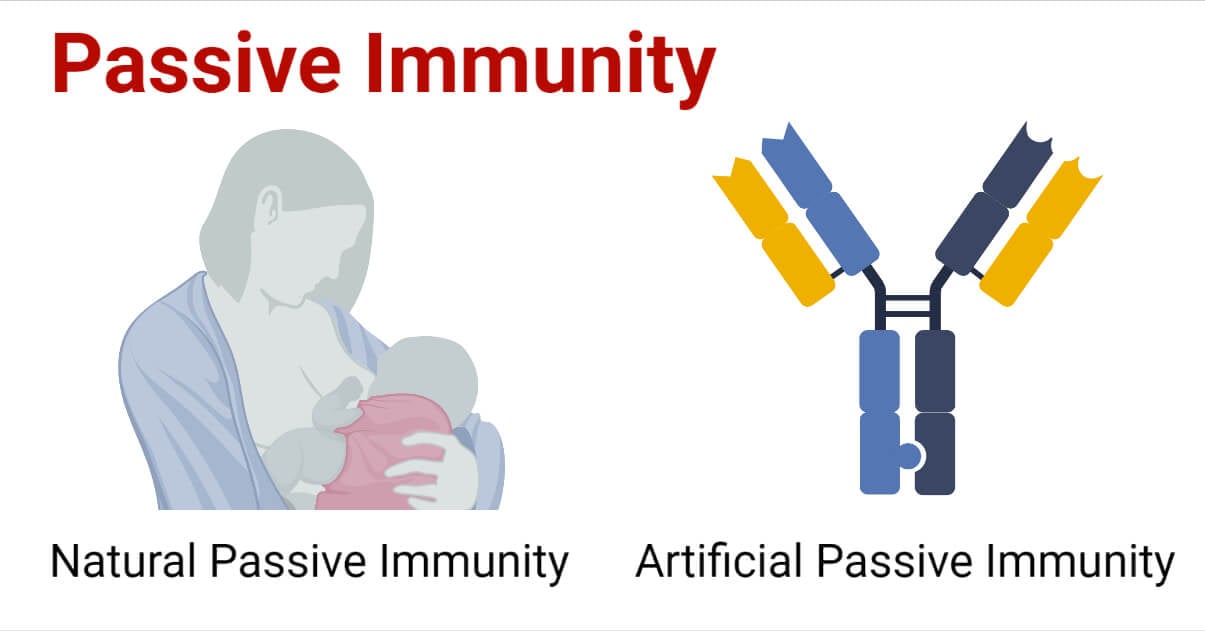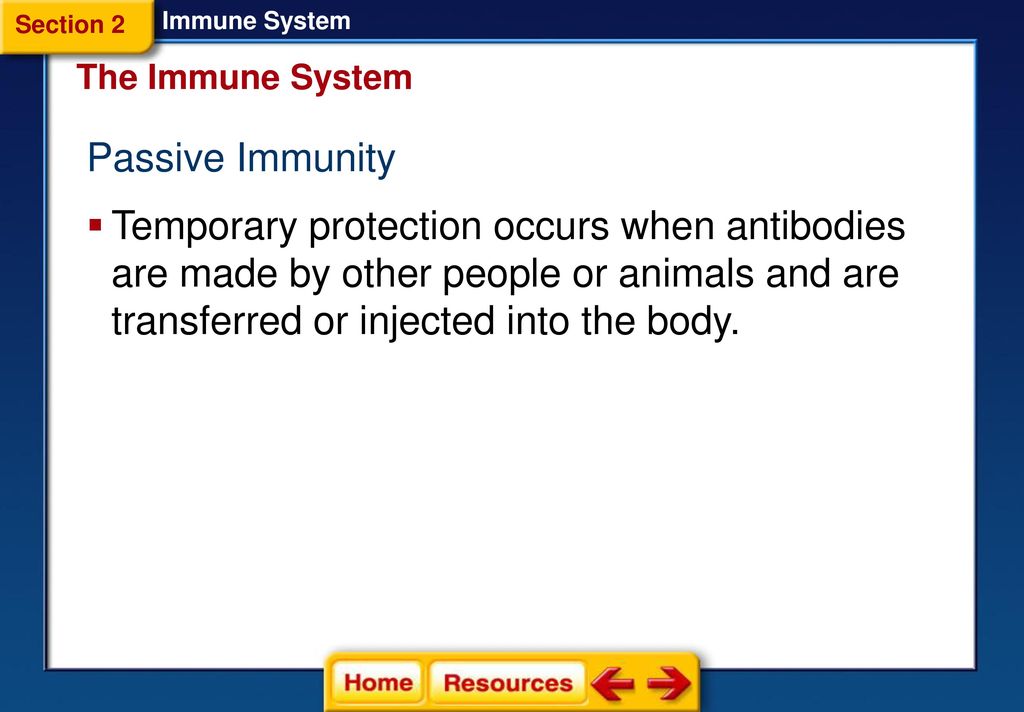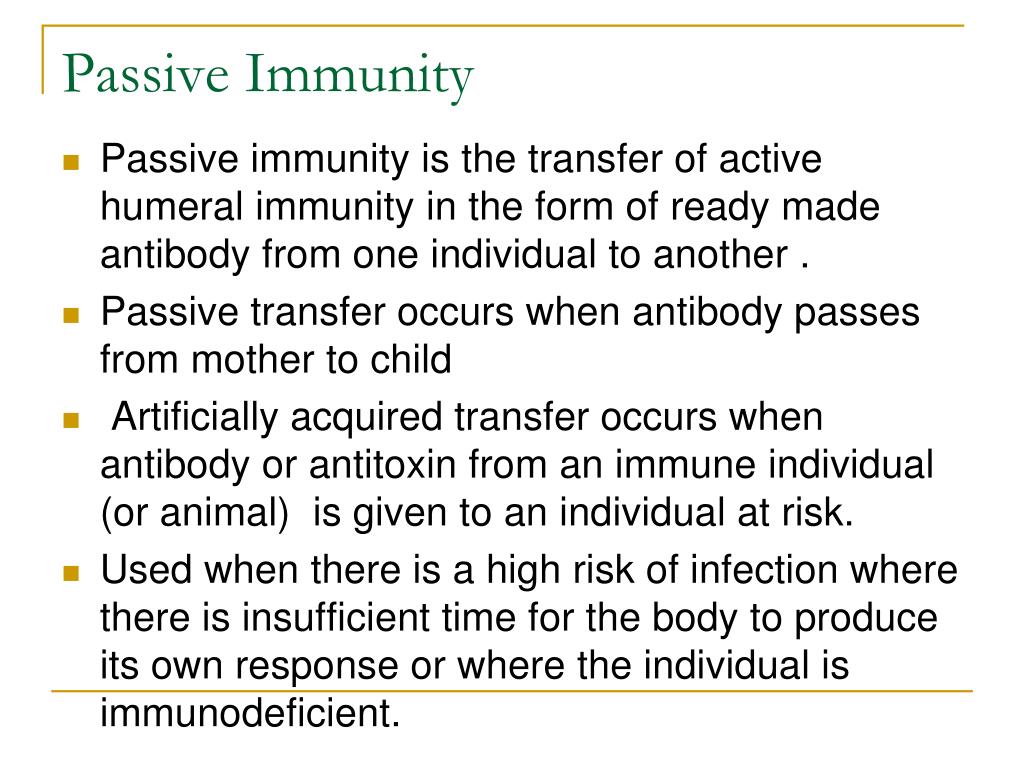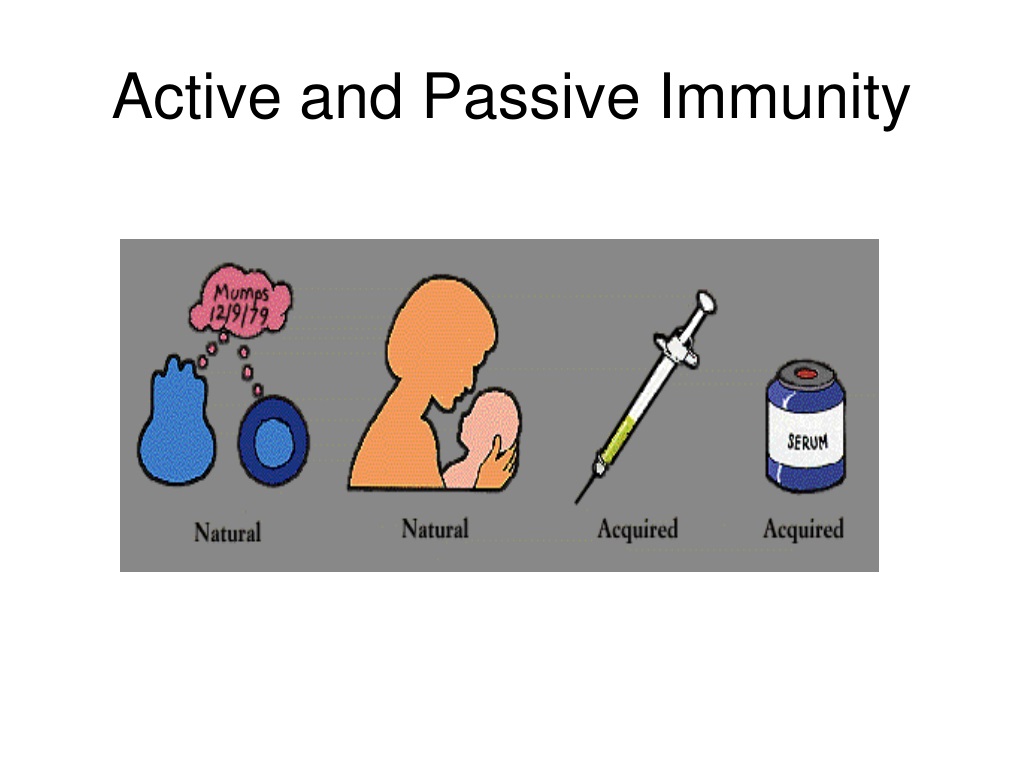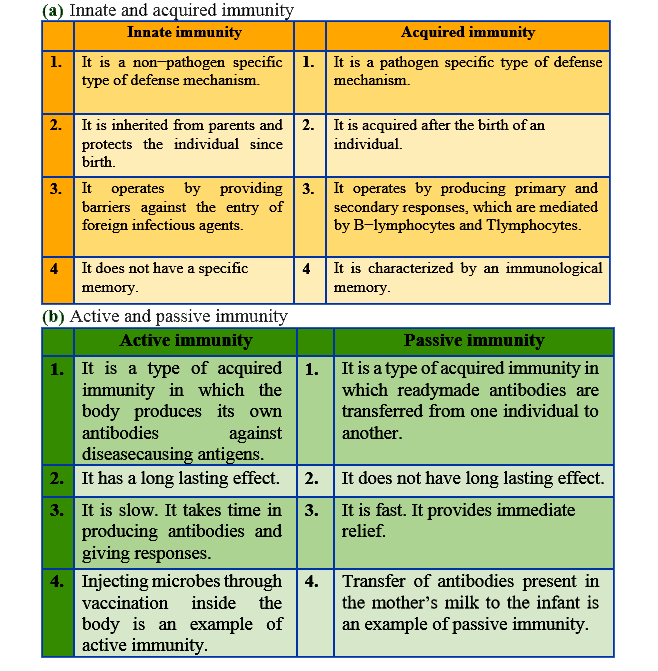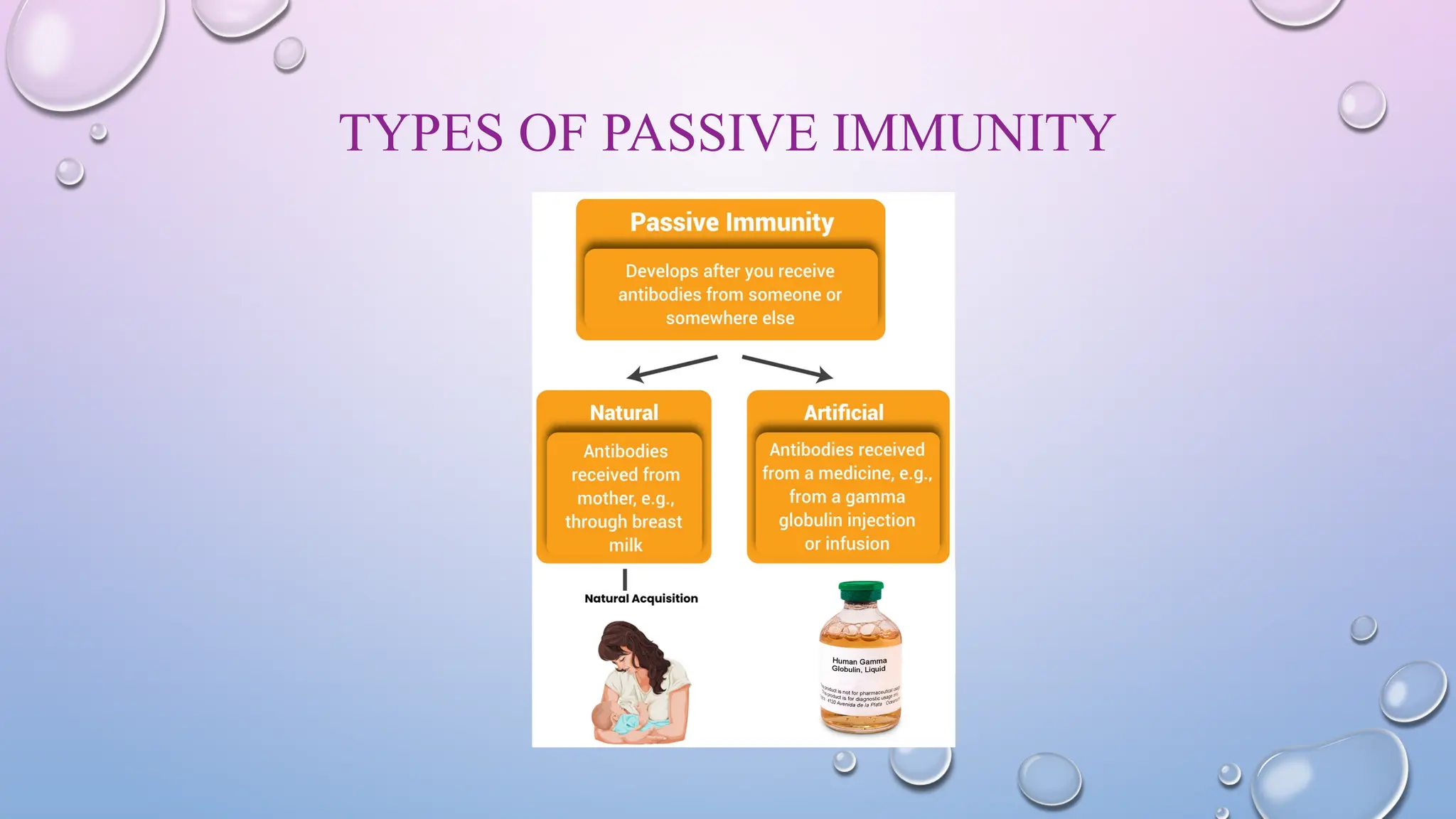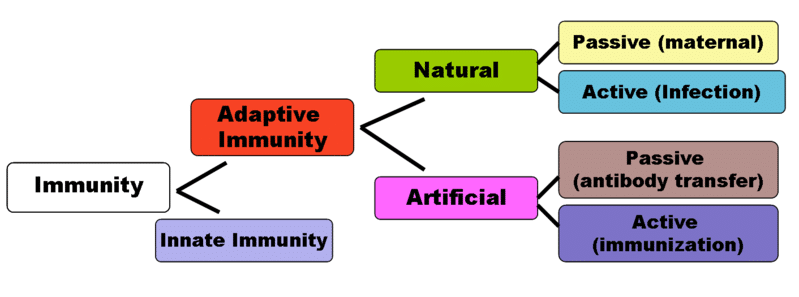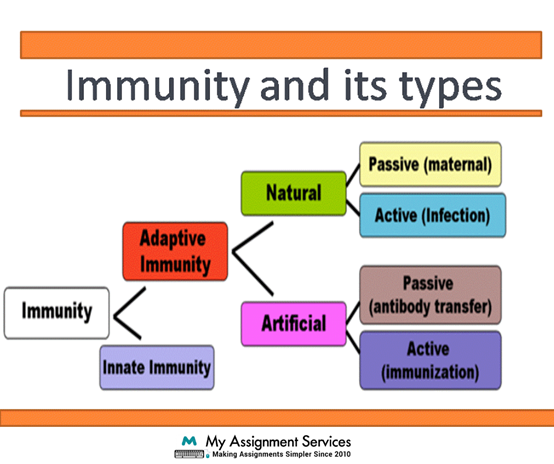Which Of The Following Is Associated With Passive Immunity

Imagine a newborn, tiny and delicate, entering a world teeming with unseen threats. Their immune system, still in its infancy, isn't quite ready to fend off every germ and virus it encounters. But nature, in its infinite wisdom, has a clever trick up its sleeve: a shield, borrowed and temporary, to protect these vulnerable new lives.
This brings us to the heart of the matter: understanding passive immunity. At its core, passive immunity involves receiving antibodies from an external source, providing immediate, albeit short-lived, protection against specific pathogens. It's like borrowing someone else's armor for a quick battle, rather than forging your own.
Understanding the Basics of Immunity
Before we dive deep into passive immunity, let's briefly recap the broader concept of immunity itself. Our immune system is a complex network of cells, tissues, and organs that work together to defend the body against harmful invaders like bacteria, viruses, fungi, and parasites.
There are two main types of immunity: innate and adaptive. Innate immunity is the body's first line of defense, providing a rapid, non-specific response to threats. Think of it as the security guards at the gate, responding to any suspicious activity.
Adaptive immunity, on the other hand, is a more sophisticated and targeted response. It involves the creation of antibodies and specialized immune cells that recognize and remember specific pathogens, providing long-lasting protection. This is like having a specialized SWAT team trained to handle specific threats.
What Exactly is Passive Immunity?
Passive immunity differs from active immunity, which develops after exposure to an antigen (either through infection or vaccination) and involves the body actively producing its own antibodies. Passive immunity, in contrast, involves receiving pre-formed antibodies from an external source.
This means the body isn't actively involved in creating the protection; it's simply receiving it ready-made. Consequently, the protection is immediate but temporary, as the borrowed antibodies eventually degrade and are eliminated from the body.
Key Examples of Passive Immunity
So, what are some real-world examples of passive immunity in action? Let's explore some of the most common and significant scenarios.
Maternal Antibodies: A Gift from Mother to Child
Perhaps the most crucial and widespread example of passive immunity is the transfer of antibodies from a mother to her child, either during pregnancy or through breastfeeding. This provides crucial protection to the newborn during their first few months of life, when their immune system is still developing.
During pregnancy, antibodies, primarily immunoglobulin G (IgG), cross the placenta from the mother's bloodstream to the fetus. These antibodies provide protection against a wide range of infections that the mother has previously been exposed to or vaccinated against.
After birth, breastfeeding provides another source of antibodies, primarily immunoglobulin A (IgA). These antibodies coat the lining of the baby's digestive tract, providing protection against gastrointestinal infections.
"Breast milk is more than just food; it's a personalized medicine tailored to the baby's needs," explains Dr. Emily Carter, a pediatrician specializing in neonatal care. "The antibodies present in breast milk offer invaluable protection against infections during a baby's most vulnerable period."
Antibody-Containing Blood Products: Immediate Protection in Critical Situations
Another important application of passive immunity involves the administration of antibody-containing blood products, such as immunoglobulin (Ig), to individuals who are at risk of or exposed to certain infections. These products provide immediate protection by directly introducing antibodies into the recipient's bloodstream.
There are two main types of Ig products: pooled human immunoglobulin and specific immunoglobulin. Pooled human immunoglobulin contains antibodies from a large pool of donors, providing broad protection against a variety of common infections. Specific immunoglobulin, on the other hand, contains high levels of antibodies against a specific pathogen, such as rabies or tetanus.
These products are often used in situations where immediate protection is needed, such as after exposure to a disease or in individuals with weakened immune systems. For example, tetanus immunoglobulin (TIG) is given to individuals who have sustained a wound and are not adequately immunized against tetanus, while rabies immunoglobulin (RIG) is administered after exposure to a potentially rabid animal.
Monoclonal Antibodies: Targeted Therapies for Specific Diseases
In recent years, monoclonal antibodies have emerged as a powerful tool in the fight against various diseases, including infectious diseases and cancer. Monoclonal antibodies are laboratory-produced antibodies that are designed to target a specific antigen.
They can be used to neutralize pathogens, block their entry into cells, or stimulate the immune system to attack cancer cells. While monoclonal antibodies don't always fit neatly into the definition of passive immunity (as they can sometimes trigger an active immune response), they still provide immediate protection by directly targeting the disease-causing agent.
The use of monoclonal antibodies has revolutionized the treatment of many diseases. For instance, palivizumab, a monoclonal antibody against respiratory syncytial virus (RSV), is used to prevent severe RSV infection in high-risk infants.
Benefits and Limitations of Passive Immunity
Passive immunity offers several key advantages. It provides immediate protection, which is crucial in situations where there is no time to wait for the body to develop its own immune response. It's also effective in individuals with weakened immune systems who are unable to produce their own antibodies.
However, passive immunity also has its limitations. The protection is temporary, typically lasting only a few weeks or months, as the borrowed antibodies are eventually eliminated from the body. It also doesn't provide long-term immunological memory, meaning that the individual will not be protected against future exposures to the same pathogen.
Additionally, there is a small risk of adverse reactions, such as allergic reactions, to the administered antibodies. However, these reactions are generally rare and manageable.
The Significance of Understanding Passive Immunity
Understanding passive immunity is crucial for healthcare professionals, public health officials, and individuals alike. It helps inform decisions about vaccination strategies, the use of antibody-containing blood products, and the management of infectious diseases.
For instance, knowing that newborns receive passive immunity from their mothers highlights the importance of maternal vaccination during pregnancy. This allows mothers to transfer protective antibodies to their babies, providing them with crucial protection during their first few months of life.
Similarly, understanding the benefits and limitations of antibody-containing blood products helps healthcare professionals make informed decisions about their use in specific clinical situations. It enables them to provide timely and effective protection to individuals who are at risk of or exposed to certain infections.
In Conclusion: A Borrowed Shield for a Time
Passive immunity, the gift of borrowed protection, plays a vital role in safeguarding our health, especially during vulnerable periods like infancy or in the face of immediate threats. While it's a temporary shield, it can be a life-saving one, bridging the gap until our own immune defenses are ready to take over.
From the nurturing embrace of maternal antibodies to the precision of monoclonal antibody therapies, passive immunity demonstrates the remarkable ways in which we can leverage external sources to bolster our defenses against the ever-present challenges of the microbial world. It is a testament to the power of understanding our immune system and using that knowledge to protect and enhance our well-being.
As research continues to unravel the intricacies of immunity, we can expect even more innovative applications of passive immunity to emerge, offering new hope and protection against a wide range of diseases. The future of immunity is bright, and passive immunity will undoubtedly continue to play a significant role in shaping it.
